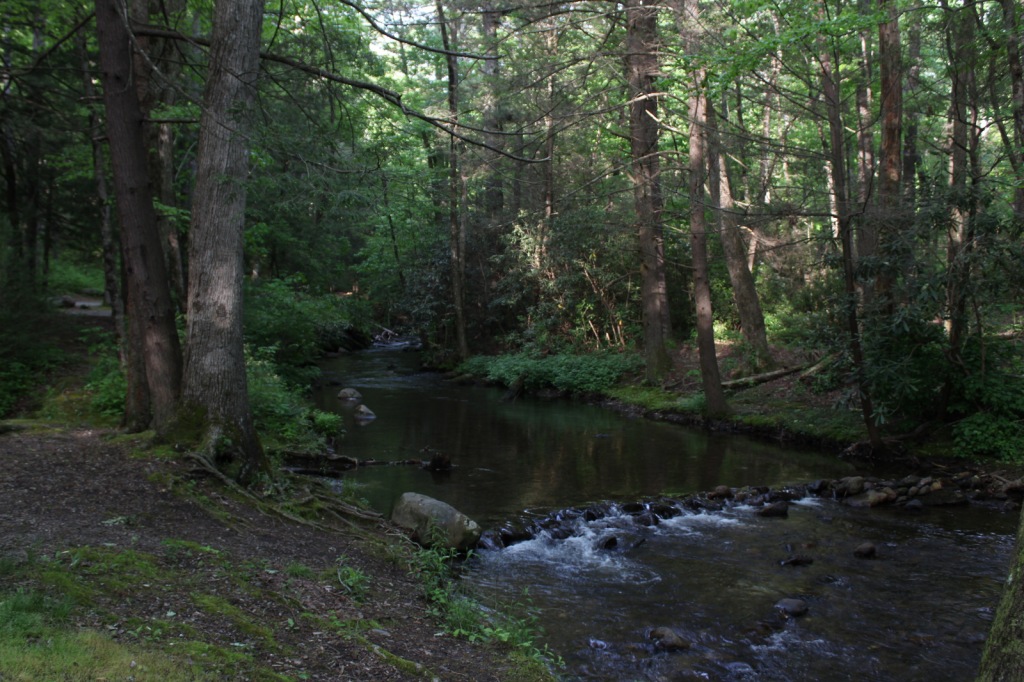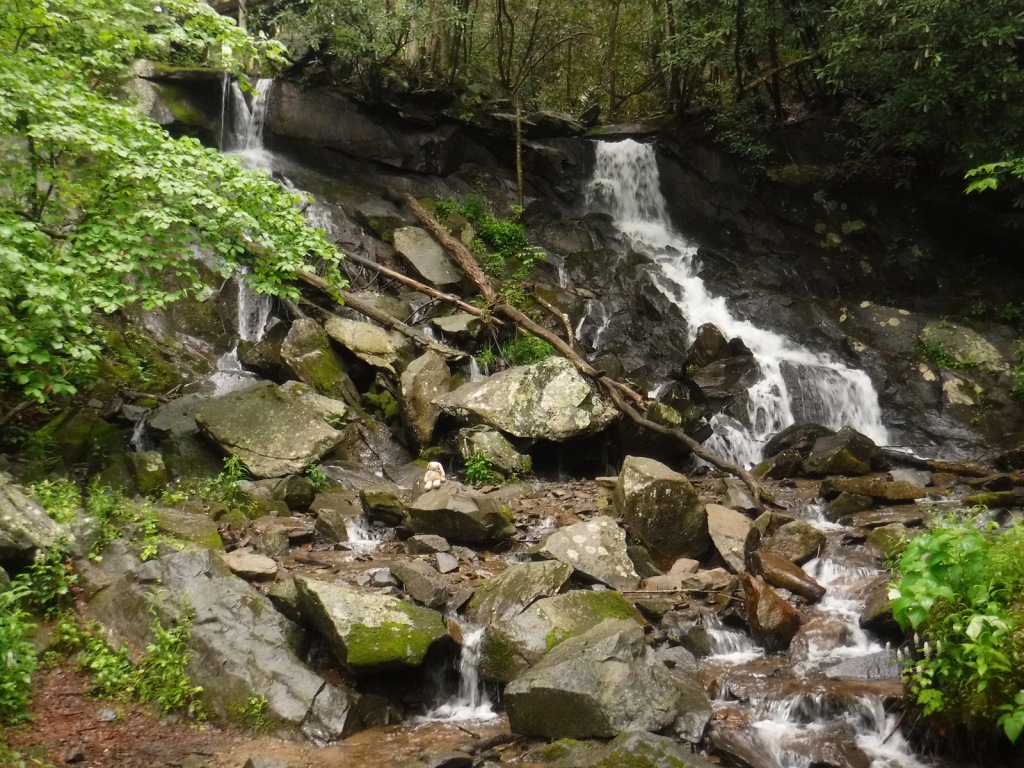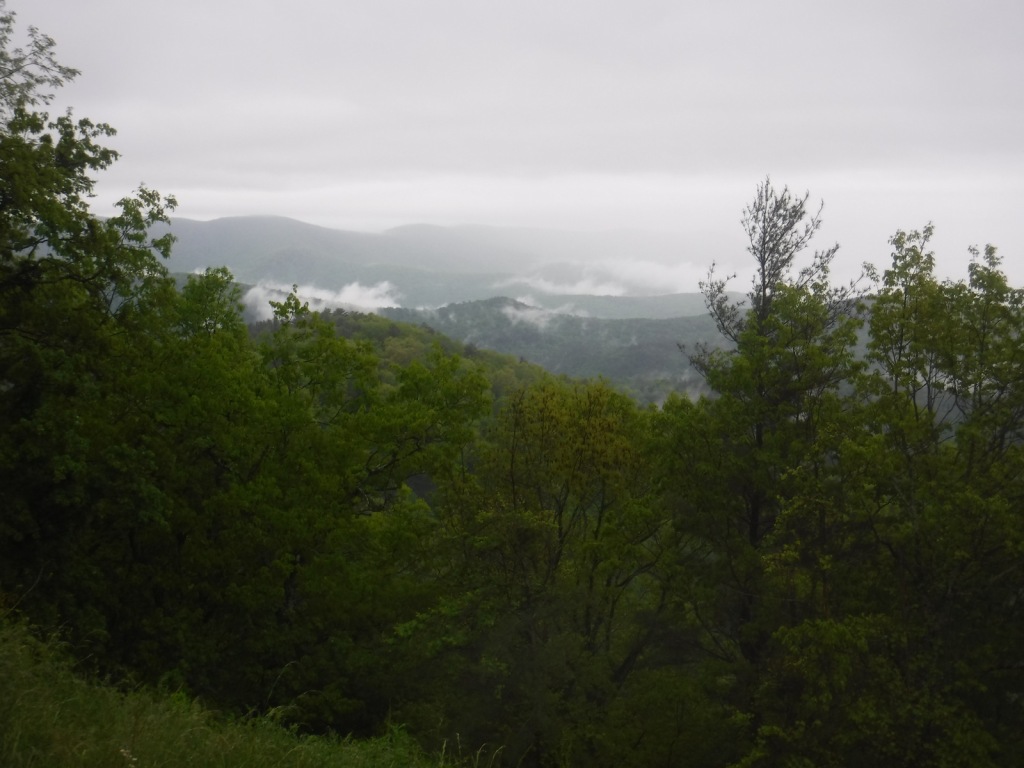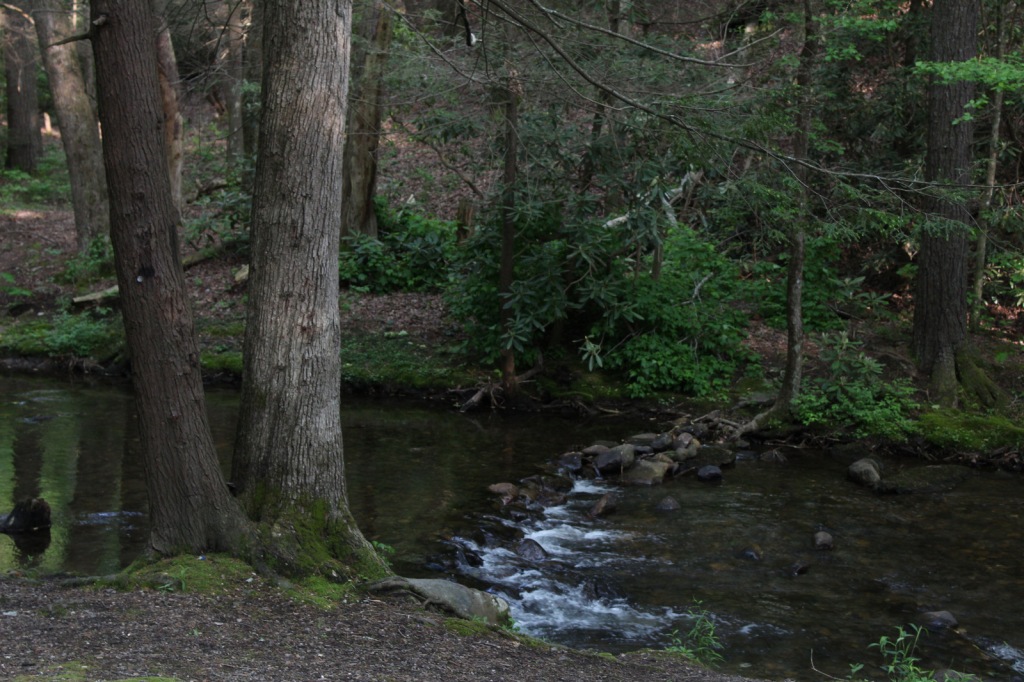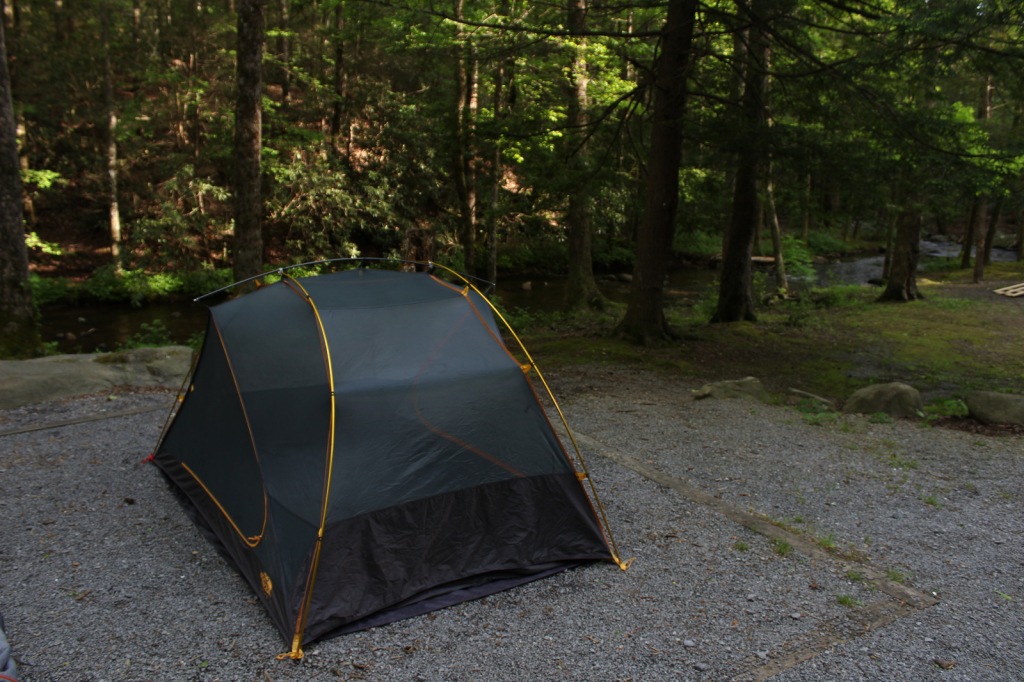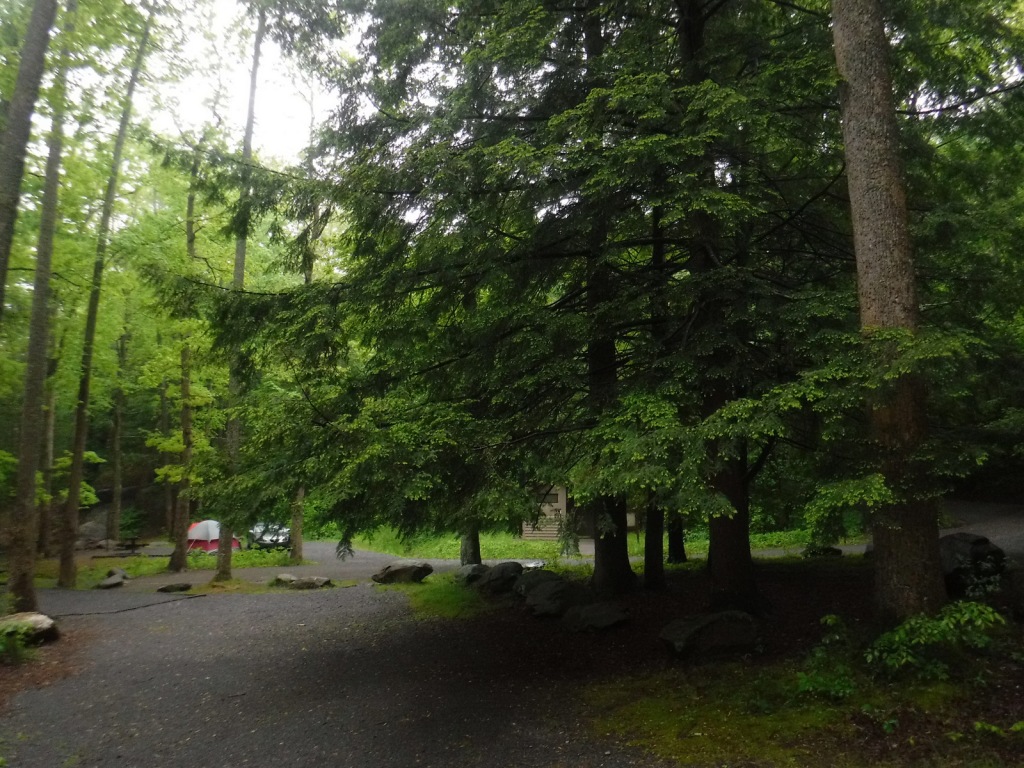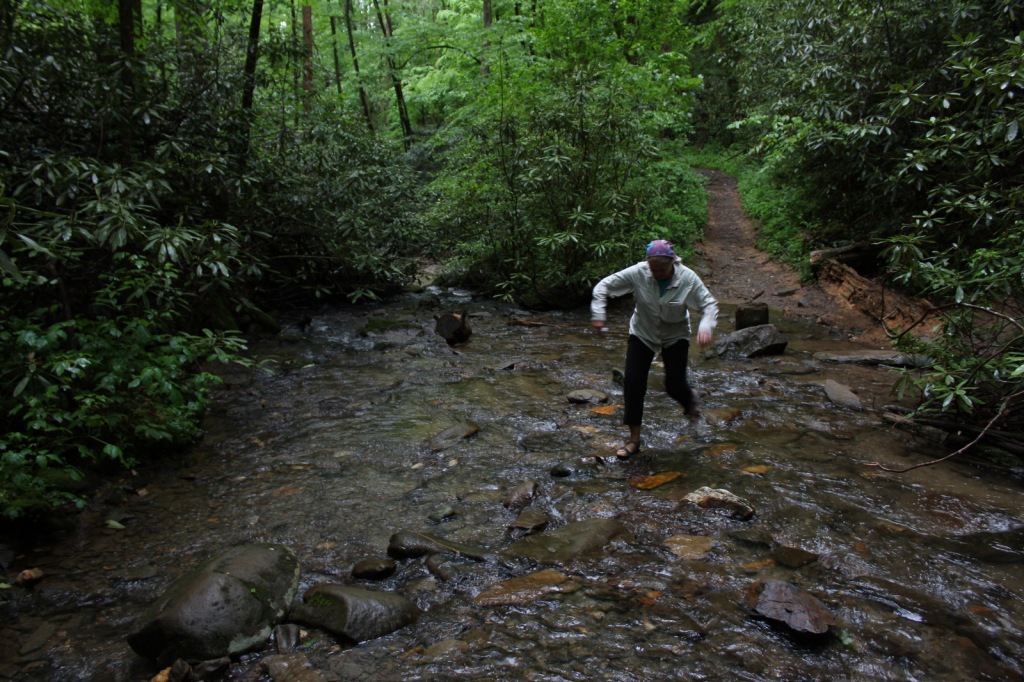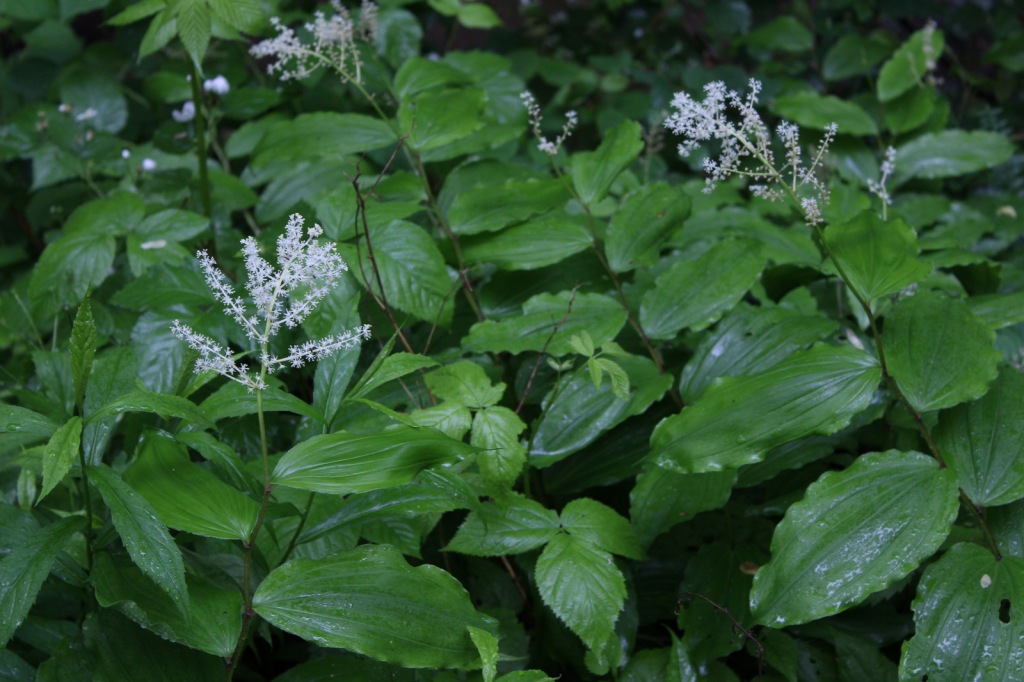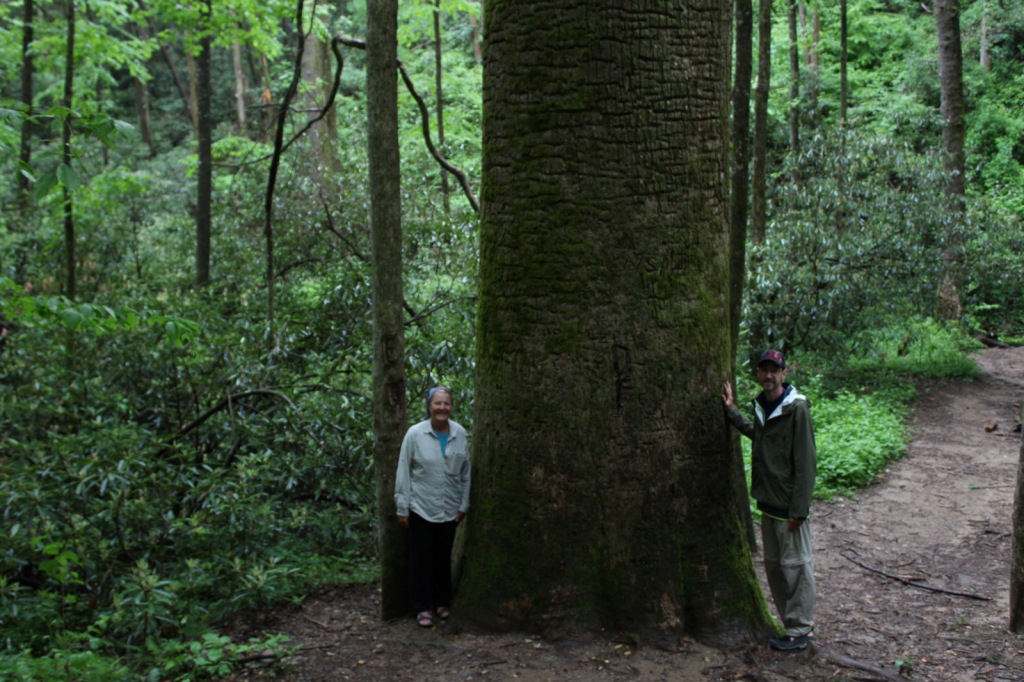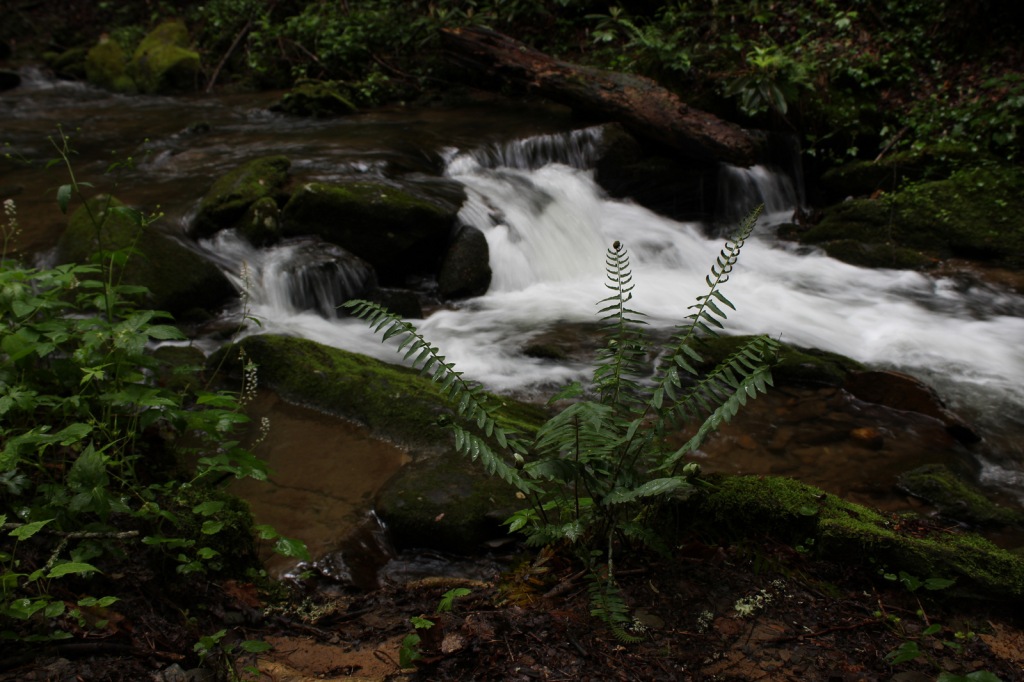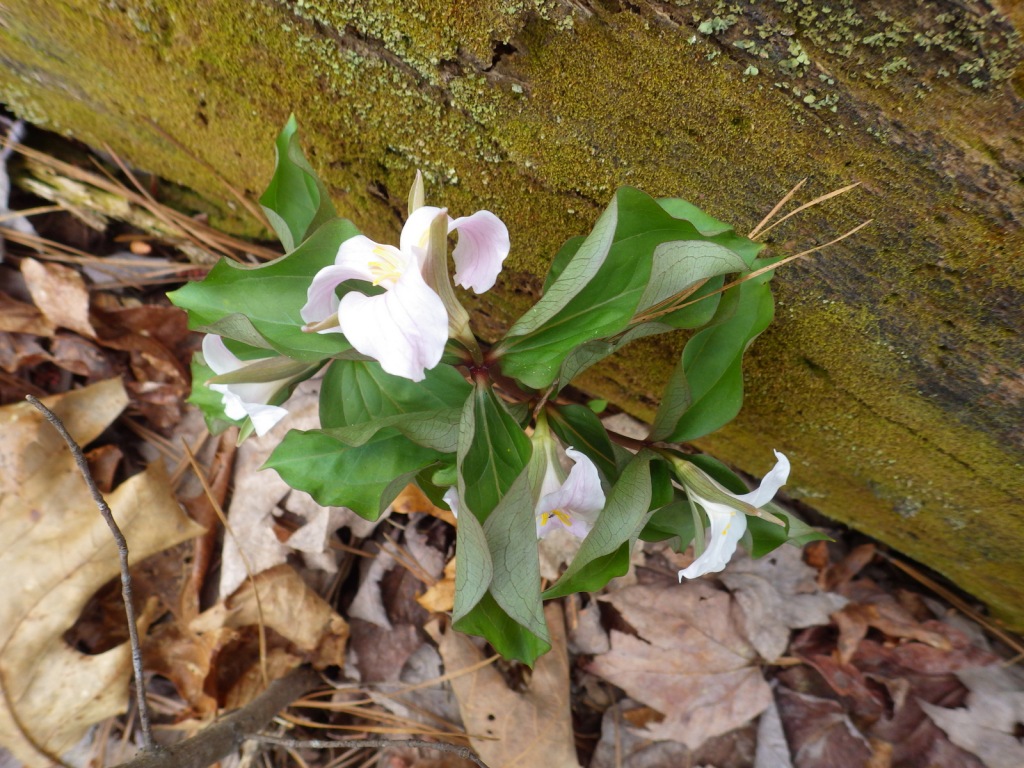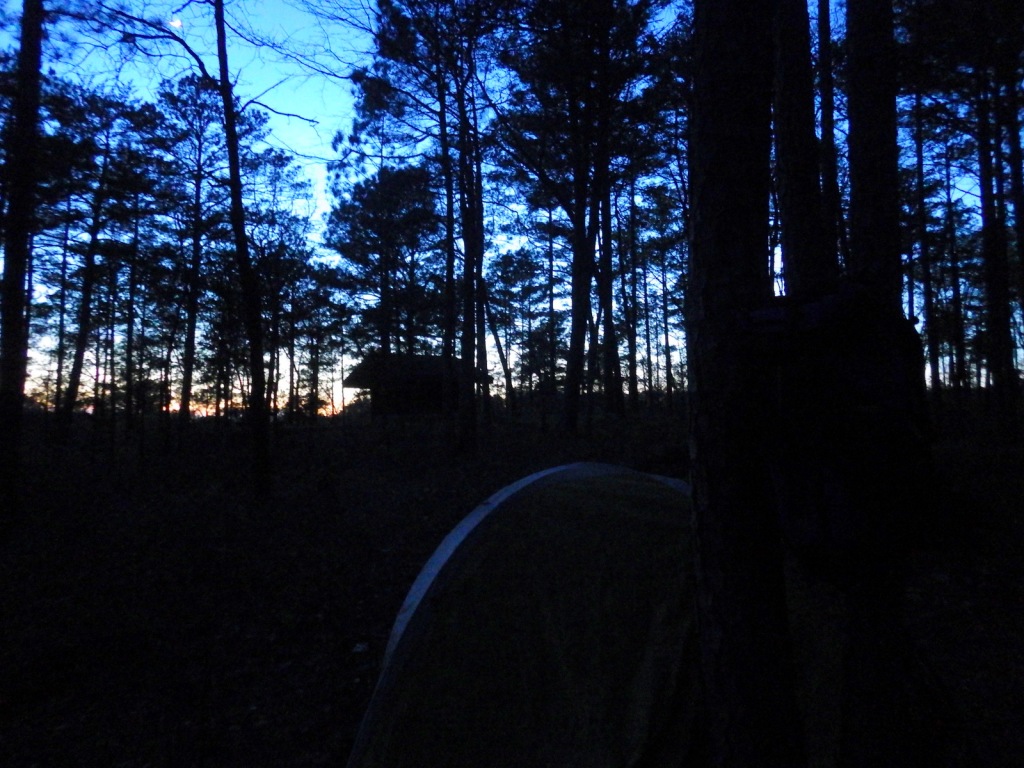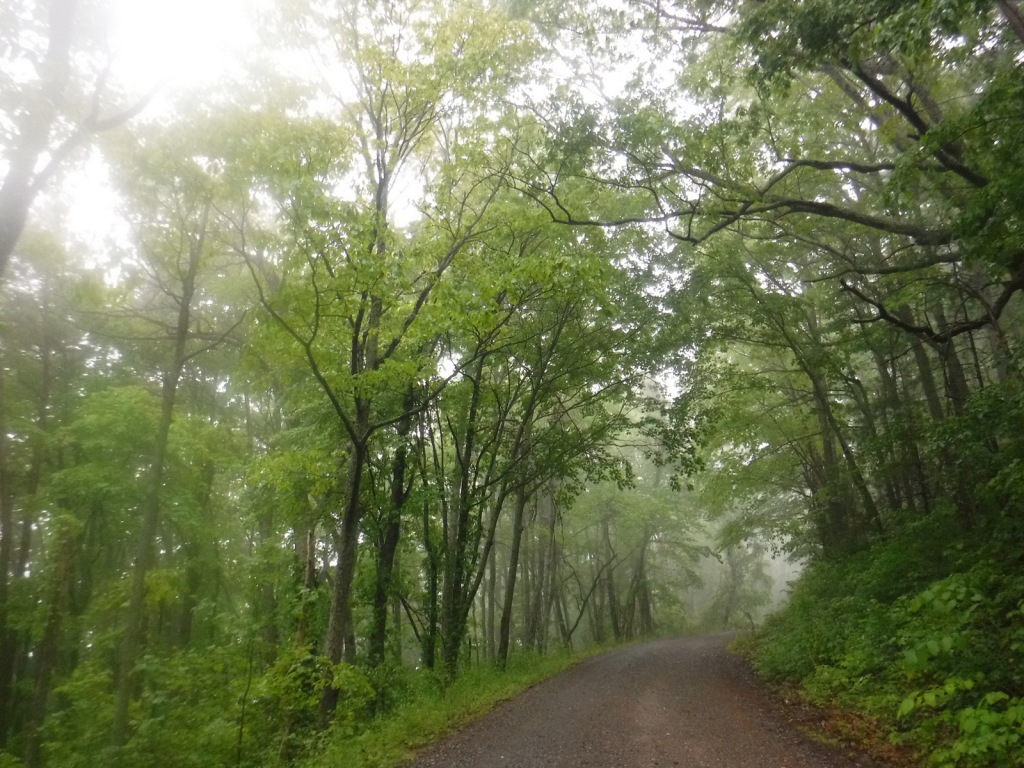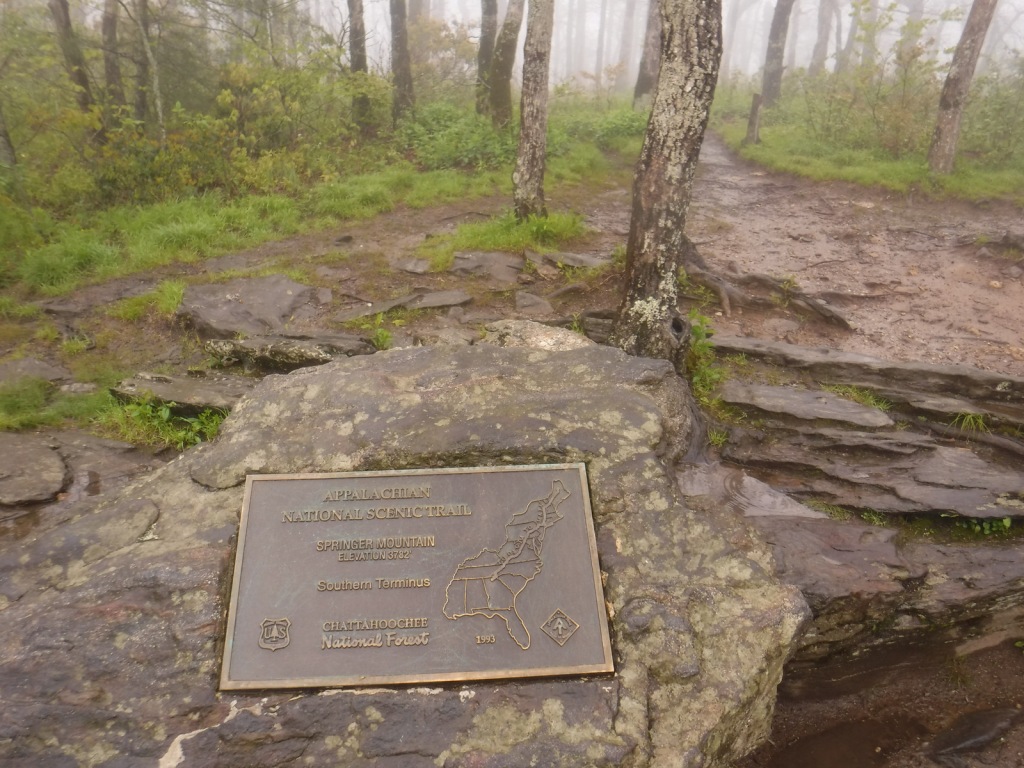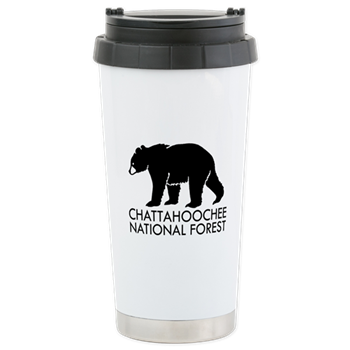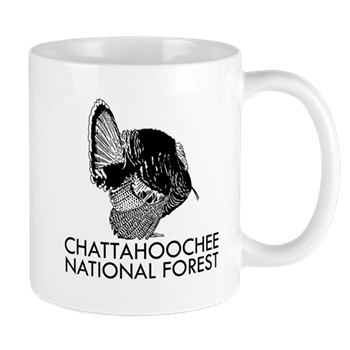Challis National Forest
Idaho
Managed by U.S. Forest Service, Intermountain Region
2,488,105 acres (2,463,471 federal/ 24,634 other)
Website: https://www.fs.usda.gov/scnf/
Overview
Challis National Forest covers the southern portion of the co-managed Salmon-Challis National Forest in central Idaho. It includes the northern parts of Sawtooth National Recreation Area and a section of the Salmon Wild and Scenic River, as well as several northwest-southeast running mountain ranges. In the forest’s scenic Lost River Range, 12,667-foot Borah Peak is the highest point in Idaho. Further south near Arco, a steep half-mile trail leads to King Mountain Natural Arch in Bridge Canyon, a limestone formation with an 80-foot span.

Highlights
Salmon River Scenic Byway, Stanley Museum, Sunbeam Hot Springs, Custer Adventure Motorway, Yankee Fork Hot Springs, Lemhi Range, White Knob Mountains, Camas Meadows, Challis Creek Lakes, Hidden Mouth Cave, Sawtooth Lake, White Cloud Peaks, Grover Creek Lake, Borah Peak
Must-Do Activity
The Salmon River Scenic Byway runs 162 miles to Lost Trail Pass, starting in Stanley where it intersects with the Sawtooth and Ponderosa Pine Scenic Byways. Challis National Forest manages the free Stanley Museum there inside the historic Valley Creek Ranger Station. Further down the road, the Sunbeam Bathhouse was built in 1937 by the Civilian Conservation Corps (CCC) at a hot springs on the Salmon River where people still go to soak seeking the perfect spot between the frigid river and scalding spring water.
Best Trail
We previously covered the trail to stunning Sawtooth Lake in our post on Sawtooth National Recreation Area. While it is not for everyone due to its strenuousness, we will write here about the route up 12,667-foot Borah Peak. From its beginning (which we started in the dark) the entire trail is incredibly steep, so much so that we ran back down the final two miles because it was easier on our knees. The route gains 5,400 feet of elevation in 4.5 miles and often requires the use of your hands, but no special climbing equipment. Even if you decide to turn around at Chicken-Out Ridge before ascending the Knife Edge, the panoramic scenery is well worth the effort.
Watchable Wildlife
This is a fairly arid portion of the west, so you are more likely to see a ground squirrel or coyote than any other wildlife. Trout fishing is a popular activity in the Salmon River. Large mammalian species include elk, mule deer, pronghorns, and black bears. Ravens and a variety of birds of prey catch the thermals around Borah Peak.
Instagram-worthy Photo
The view of King Mountain Natural Arch’s 80-foot span is arguably better while driving in than it is after ascending the treacherous final mile of road and hiking the steep half-mile trail to its overlook (see below).

Peak Season
Late summer due to snowpack
Fees
None
Road Conditions
The road from Highway 93 to the Borah Peak Campground and Trailhead is well maintained. The last mile of road to the trailhead for King Mountain Natural Arch requires a high-clearance vehicle, but the nine miles of unpaved roads before that are decent and well signed (although we got a flat tire).
Camping
The campground at the base of Borah Peak is only $5 per night and allows climbers to get an early start. There are many campgrounds along the Salmon River Scenic Byway and historic Yankee Fork Road/ Custer Adventure Motorway.
Wilderness Areas
Frank Church-River of No Return Wilderness (also in Bitterroot, Boise, Nez Perce, Payette, and Salmon National Forests)
Jim McClure-Jerry Peak Wilderness (also run by the Bureau of Land Management)
Sawtooth Wilderness (also in Boise and Sawtooth National Forests)
Related Sites
Caribou National Forest (Idaho-Utah-Wyoming)
Craters of the Moon National Monument and Preserve (Idaho)
Minidoka National Historic Site (Idaho-Washington)
Nearest National Park

















Engelmann spruce, subalpine fir, ponderosa pine, lodgepole pine, limber pine, whitebark pine, Douglas-fir, Rocky Mountain juniper
Flowering Tree Species
quaking aspen, water birch, Rocky Mountain maple, boxelder, Bebb willow, blue elderberry, chokecherry, curlleaf mountain-mahogany, white alder, syringa, sagebrush
Explore More – How many Civilian Conservation Corps (CCC) camps were in Idaho during the Great Depression?



Learn more about Challis and the 154 other National Forests in our new guidebook Out in the Woods

We are a participant in the Amazon Services LLC Associates Program, an affiliate advertising program designed to provide a means for us to earn fees by linking to Amazon.com and affiliated sites.

